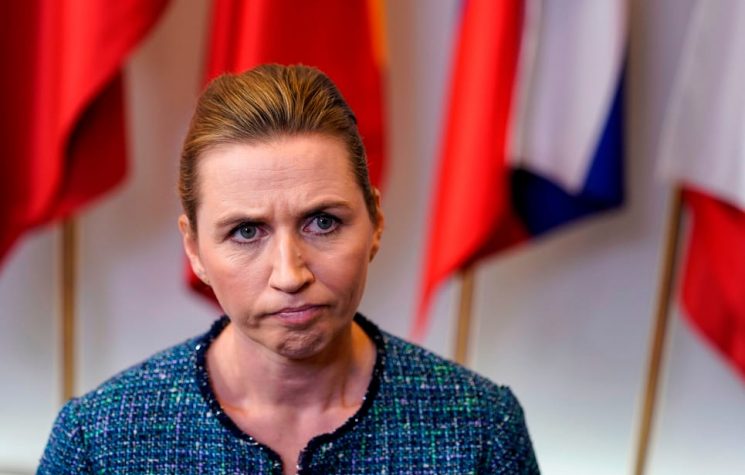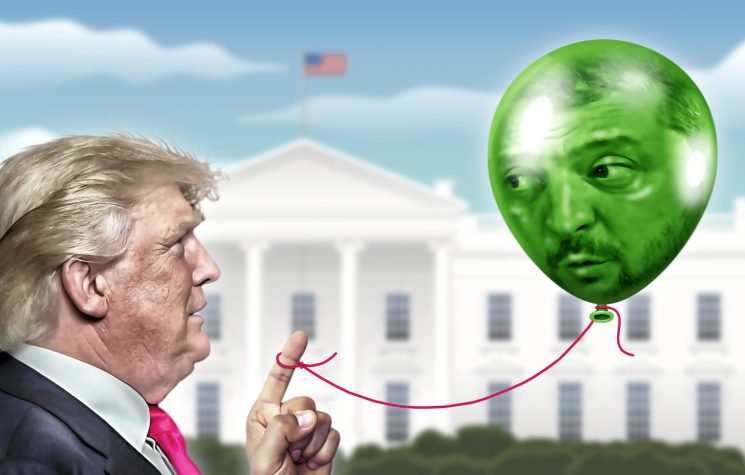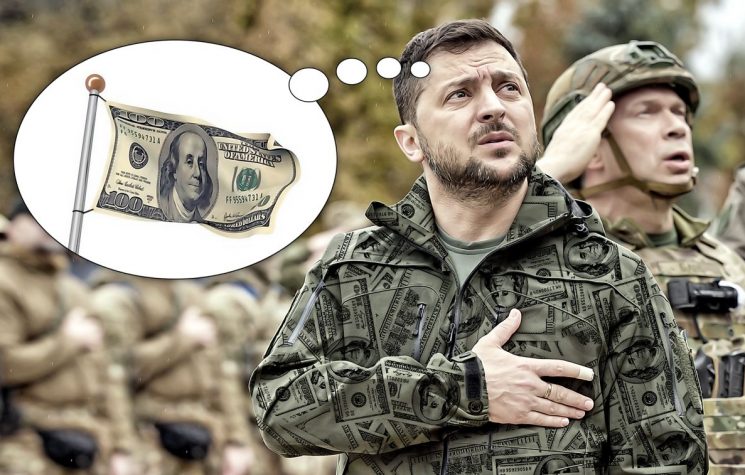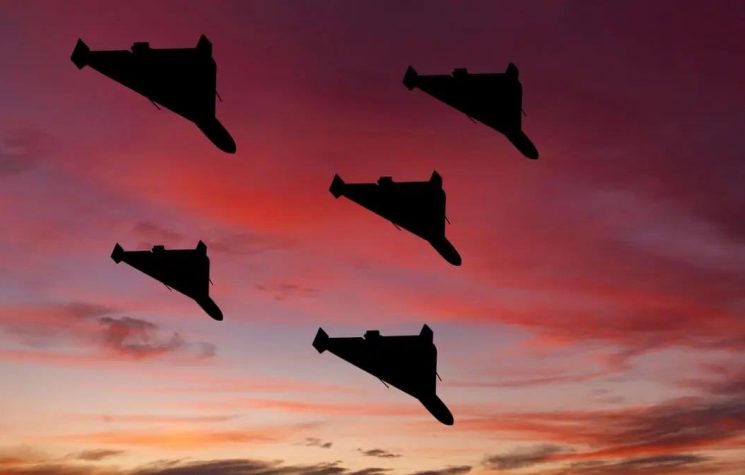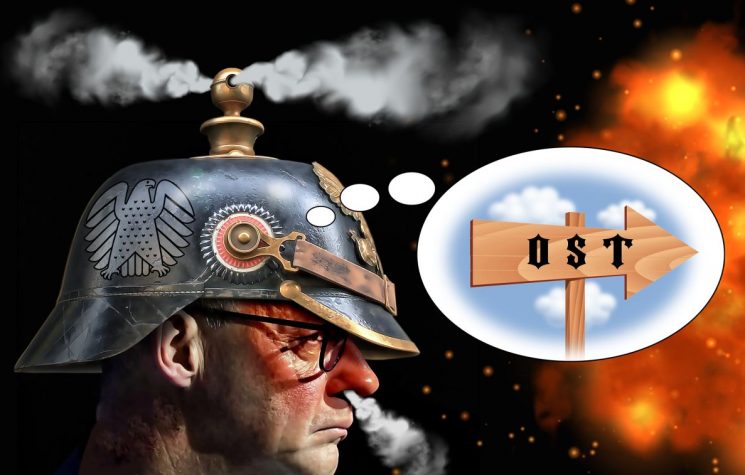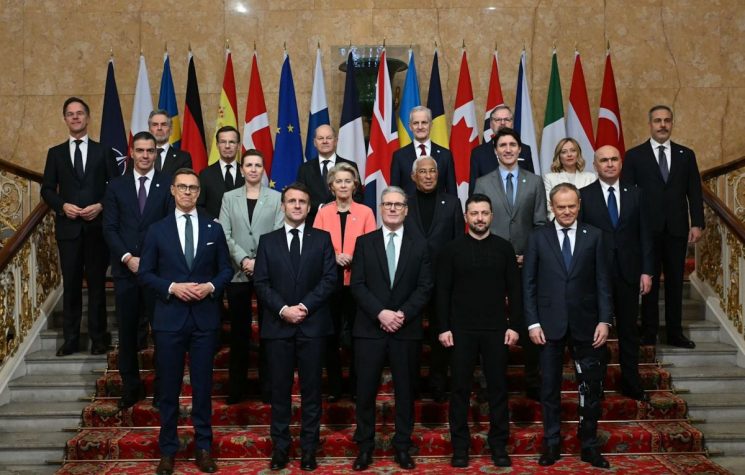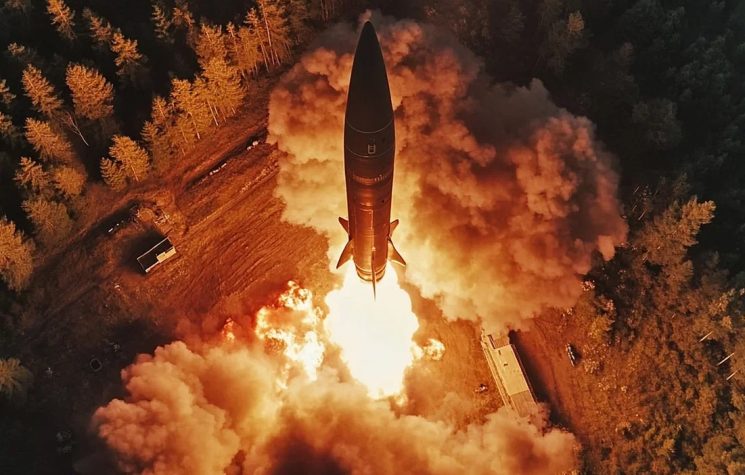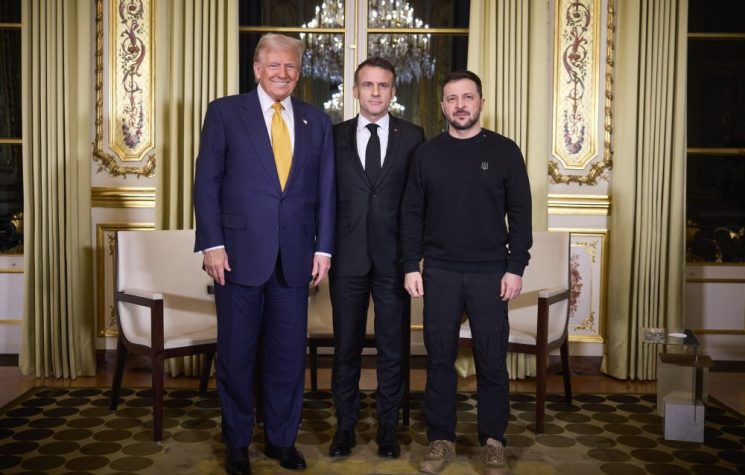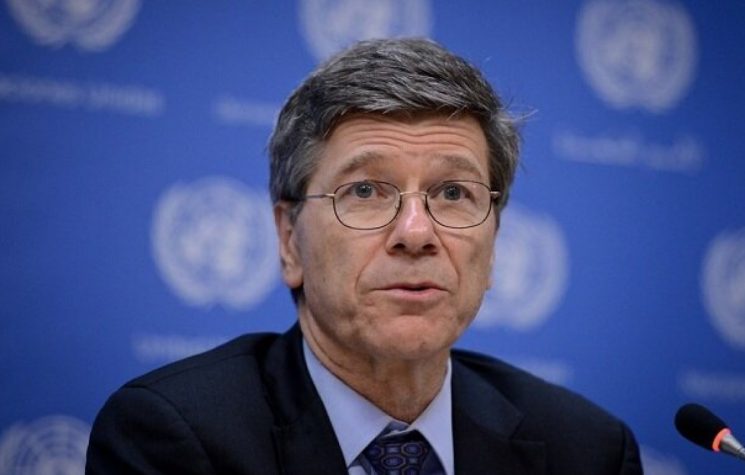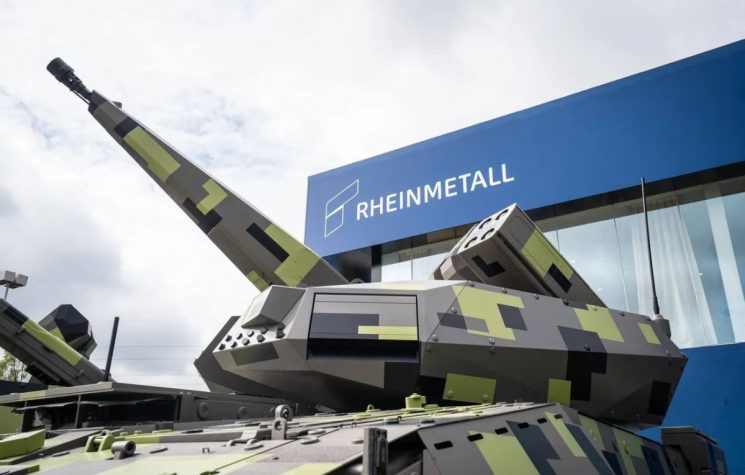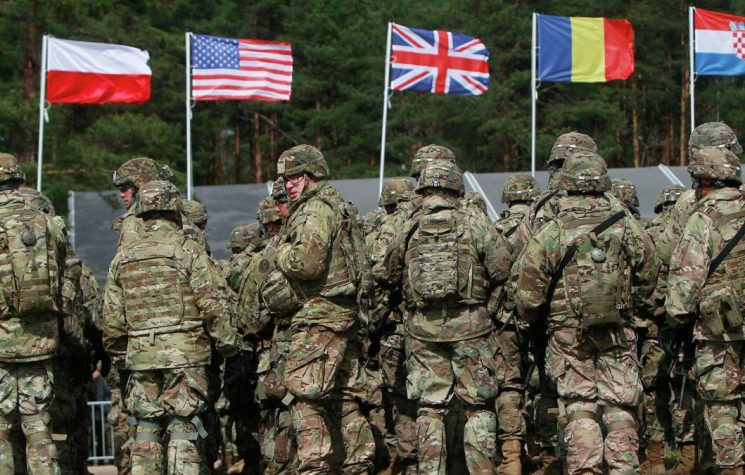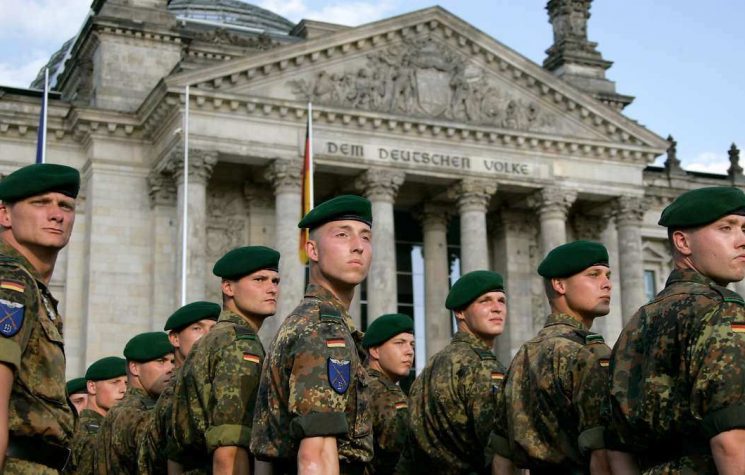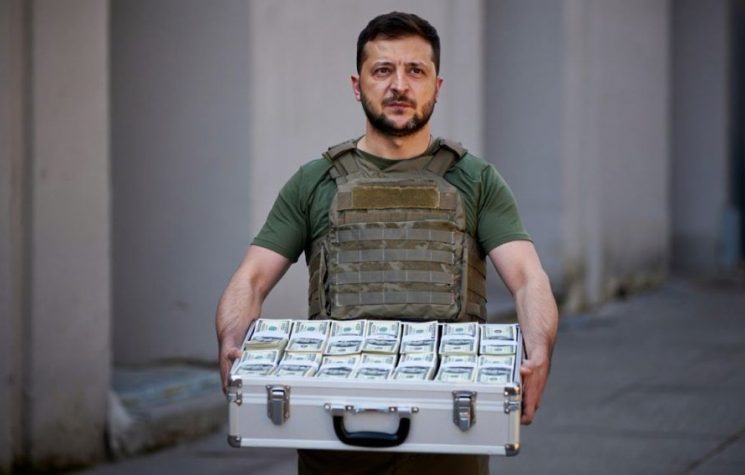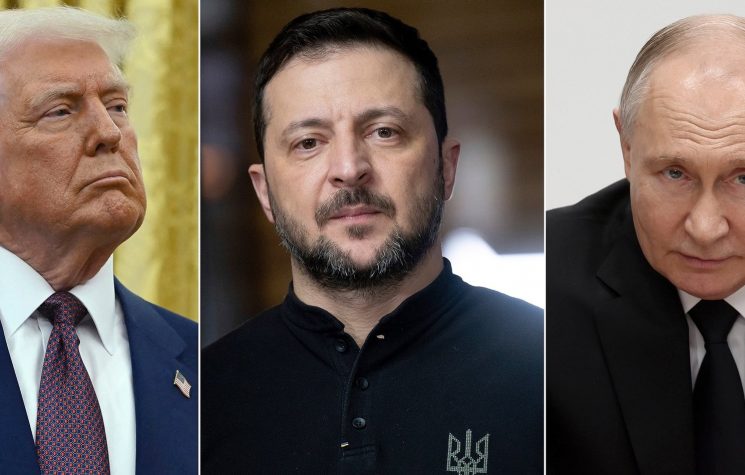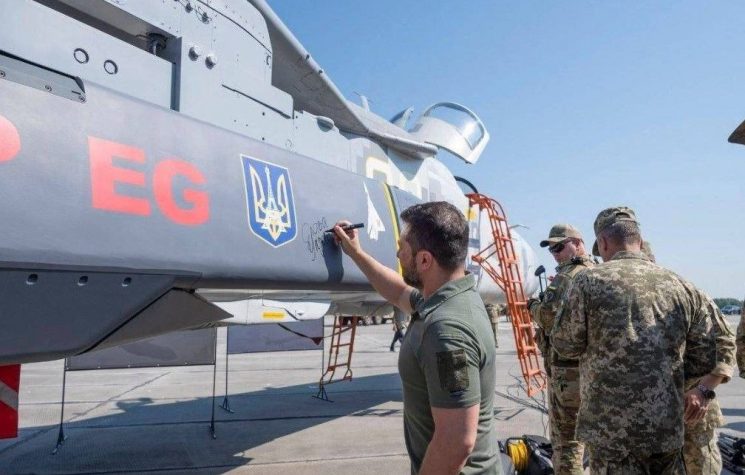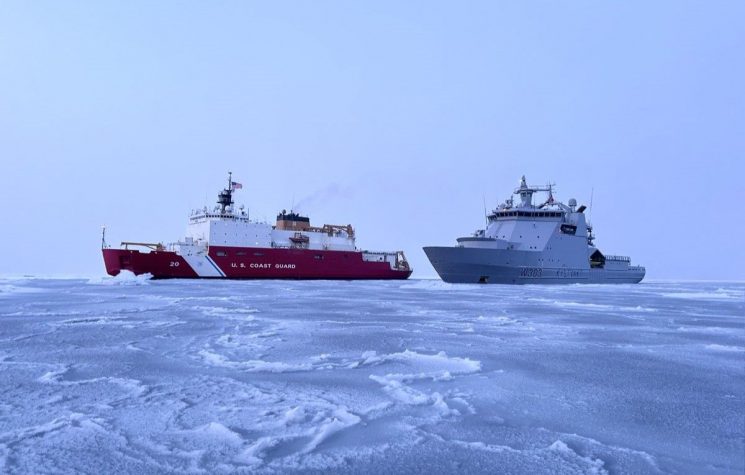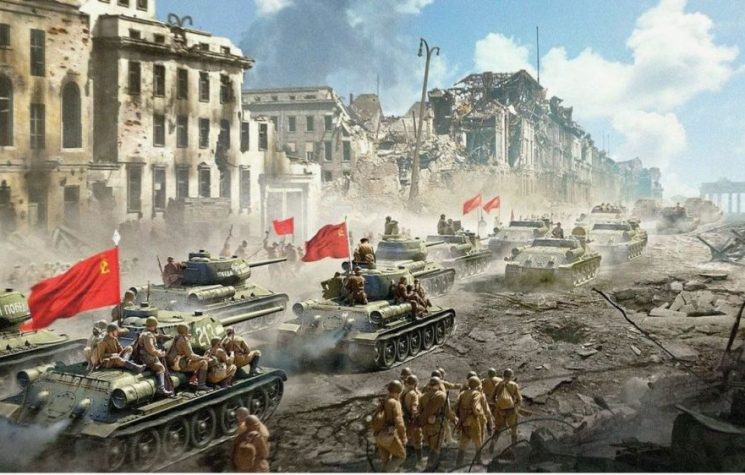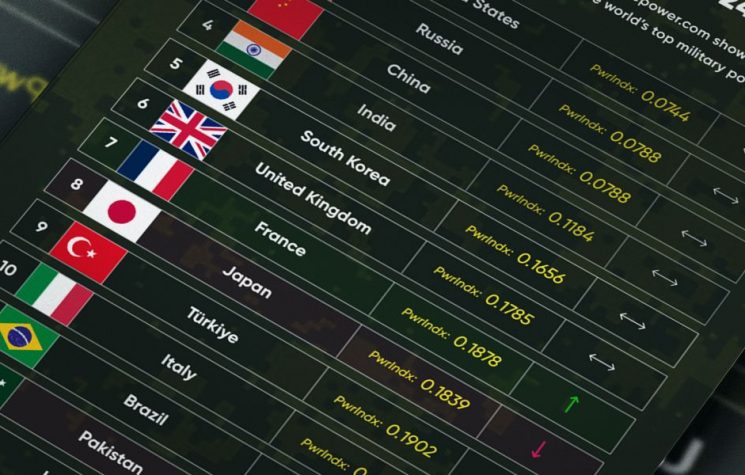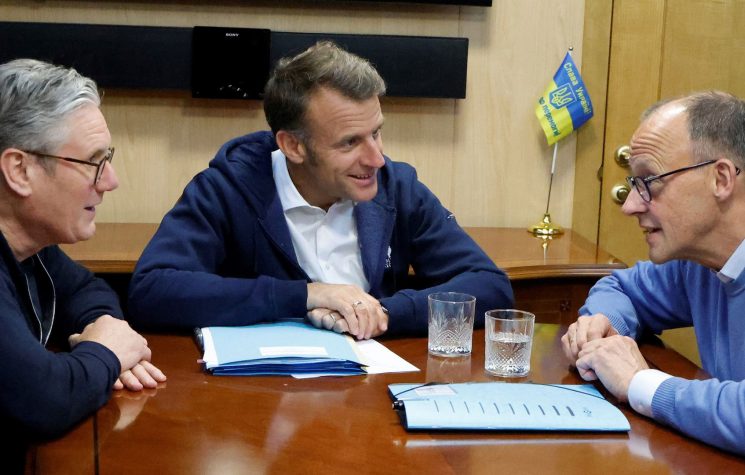Perhaps Merz might consider a negotiated end to the conflict, rather than more empty sabre-rattling that he cannot deliver upon.
Contact us: info@strategic-culture.su
Russia has established escalation dominance in Ukraine in November 2024 by raising the bar on the military capabilities that it is willing to use. Merz’s comments on western cruise missile use haven’t changed that calculus and, instead, have illustrated German weakness in Russia’s eyes.
For some time now, western media outlets have pushed the argument hard that Zelensky should be free to use longer-range weapons deep inside Russia. In his bid to offer a tougher line on Ukraine’s war effort during his honeymoon period in office and ahead of Zelensky’s visit to Berlin today, Friedrich Merz announced a lifting of restrictions on the use of western missiles within the territory of Russia. In doing so, he showed a fundamental misunderstanding of Russian strategy.
I have seen at critical points over the past decade that Russia seeks escalation dominance, a Cold War concept holding that a state can best contain conflicts and avoid escalation if it is dominant at each successive rung up the “ladder of escalation,” all the way to the nuclear rung.
Since the onset of the Ukraine crisis in 2014, Russia has sought to dominate each step up the escalation ladder. The annexation of Crimea in 2014 and the invasion of Ukraine in February 2022 were major escalations that NATO didn’t meet head-on. This strategy is also seen in the diplomatic sphere, for example, Russia escalated a dispute with the U.S. in 2017 when it kicked 755 American diplomatic staff out of Russia. When Moscow over-escalates, it makes a gamble that its adversary will not be willing to step another rung higher on the escalation ladder.
There is a hard-wired view in Moscow that Russia will always overmatch a divided and morally weak Western alliance when push comes to shove. Russia has something that the West does not have — the sovereign power and the political will to act unilaterally. Putin had been subject to criticism from hardliners in Russia that he hasn’t responded to the slow ratcheting up of military support to Ukraine from the West.
What was surprising about Merz’s comments were their blindness to recent events. On Nov. 21, 2024, Vladimir Putin presented a huge escalation challenge to the West: are you ready for Russia to strike NATO facilities anywhere in Europe with hypersonic munitions that you don’t possess?
At that time, much as now in Berlin, bombastic British ex-military saber rattlers had been at the forefront of calls that such weapon systems as Scalp, Storm Shadow, U.S. ATACMS missiles could make on the battlefield in Ukraine.
On Nov. 19, the first salvo of ATACMS was lobbed at a military facility in Bryansk — outside the area in which Ukrainian forces were battling in Kursk. The following day, British Storm Shadow missiles were fired into Kursk, with the jubilant approval of Prime Minister Keir Starmer, no less. These strikes elicited widespread attaboy jingoism from the Western media, with hardly a word of caution.
On Nov. 21, Russia over-escalated. Specifically, they deployed a more powerful and destructive hypersonic Oreshnik missile at a well-fortified Ukrainian weapons facility in Dnipropetrovsk. This is the first time an Intermediate Range Ballistic Missile has been used in combat. The claimed range of Oreshnik is 16 times greater than ATACMS and Storm Shadow missiles. Its deployment put any NATO targets within Europe in the scope of a conventional strike.
This represented a major escalation in destructive capabilities. Russia had been trying unsuccessfully to destroy the Yuzhmash weapons facility since 2022 using the battlefield weapons at its disposal. Built during the Soviet era, Yuzhmash has workshops buried deep underground to protect them from attack. Among other purposes, the facility is thought to be where Rheinmetall had set up a plant to repair German Leopard tanks. It was also used in missile and long-range drone production. The Oreshnik strike levelled it.
The destruction of valuable Western repair facilities at Yuzhmash will have satisfied Kremlin hawks that Oreshnik has taken Russia two steps up the escalation ladder. Putin also sent a clear message to military planners from the U.S. and UK who supported the deployment of the ATACMS, that a more specifically NATO target may be next.
Carefully described by Putin at the time as a “test” the Oreshnik is now a deployed capability far beyond those that Western powers have allowed Ukraine to use, namely ATACMS and Storm Shadow missiles. And also beyond the capabilities that Zelensky had requested — namely Tomahawk cruise missiles — that the U.S. has so far refused to sanction. Putin has left the door open for further “tests” of the Oreshnik.
Following Merz’s surprise announcement, speculation quickly mounted that Germany would finally relent on allowing Ukraine to use German Taurus cruise missiles. Even if supplied, Taurus offers nothing Ukraine doesn’t already have, as its range is slightly lower than the British Storm Shadow and its payload only slightly higher. The U.S. ATACMS is more destructive capability.
So, all that Merz did by grand-standing was to put Germany and Ukraine in a position where a more devastating weapon i.e. Oreshnik – may be used against strategic or battlefield targets that would overmatch the theoretical use of Taurus missiles. Taurus is therefore a battle-losing capability. To make matters worse, the new German Chancellor has already backtracked on supplying Taurus, following blowback from members of his coalition government.
Following the first deployment of ATACMS and Storm Shadow at targets in Bryansk and Kursk, western powers deescalated and placed greater restrictions on their tactical use. This made both Joe Biden and Keir Starmer look weak in President Putin’s eyes. Perhaps unsurprisingly, the pro-ATACMS advocates largely fell silent, at least for a little while. Ukraine has gone on to lose further territory in the Donbass since that time.
So, the question for Merz when he meets Zelensky today is, what escalation card is he empowered to play next to overmatch a future Oreshnik strike at a target in Germany? If he hasn’t thought that through, and I suspect that he has not, reconsider his rhetoric, or risk looking weak and feckless, as Biden and Starmer did in November of last year.
Following the Oreshnik deployment, Prime Minister Starmer conceded in his December Manion House speech that Britain needed to help Ukraine get into the strongest position to secure a negotiated settlement to the war. That sill hasn’t happened. Perhaps Merz might consider a negotiated end to the conflict, rather than more empty sabre-rattling that he cannot deliver upon.










